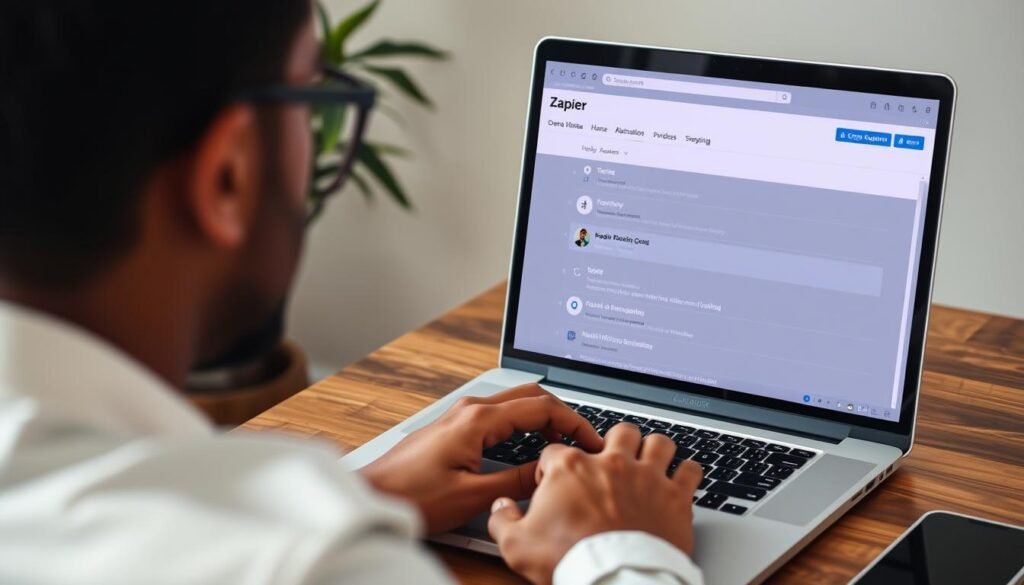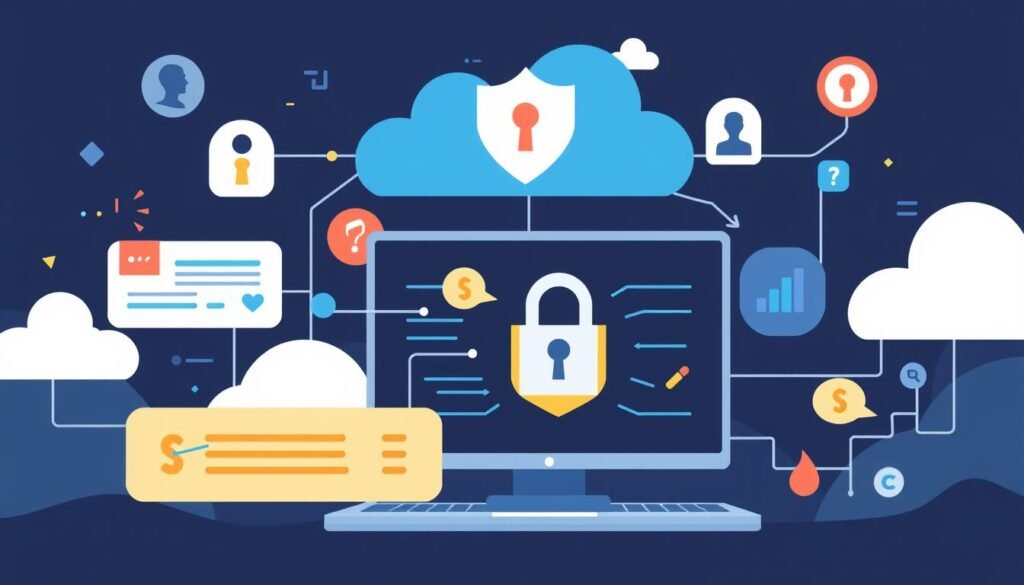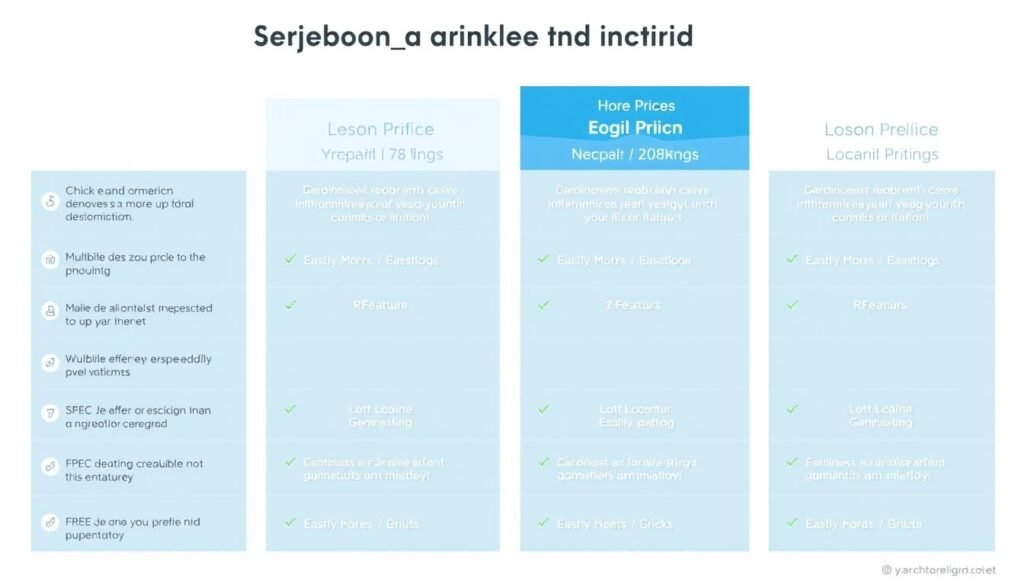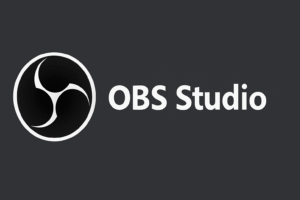As a business owner, I’m always on the lookout for ways to streamline my operations and boost productivity. One game-changer I’ve discovered is Zap integration automation. By connecting different applications seamlessly, I can automate repetitive tasks and focus on more strategic initiatives.
With automation, I’ve been able to save time and resources by eliminating manual data entry and streamlining my workflow. This has not only improved efficiency but also reduced errors and enhanced data management. In this comprehensive guide, I’ll share my experience and provide an overview of how to set up and optimize Zap automations to transform your business operations.
Key Takeaways
- Discover how Zap integration automation can transform your business operations
- Learn how to automate repetitive tasks and streamline workflows
- Understand the benefits of implementing workflow automation
- Find out how to set up and optimize Zap automations for your business
- Improve efficiency, reduce errors, and enhance data management
Understanding Zapier and Zap Integration Automation
By leveraging Zapier’s capabilities, users can significantly reduce manual labor and enhance their workflow efficiency. Zapier is a powerful automation platform that connects over 5,000 apps, allowing users to create automated workflows without coding knowledge.
What is Zapier?
Zapier is a web-based automation tool that enables users to connect different applications and create automated workflows, known as Zaps. These Zaps allow for seamless interactions between various apps, streamlining business processes and improving productivity.
How Zaps Work
Zaps are the building blocks of automation on Zapier. They consist of triggers (the event that starts a Zap) and actions (what happens when the trigger occurs). Essentially, Zapier works by listening for events in one app, then automatically triggering an action in another, following the “if this, then that” model.

The Benefits of Workflow Automation with Zap Integration Automation
The key benefits of workflow automation include time savings, error reduction, and improved data consistency across systems. By automating repetitive tasks, businesses can free up resources and focus on more strategic initiatives, ultimately leading to increased efficiency and productivity.
Getting Started with Zapier
Getting started with Zapier is straightforward, and I’ll guide you through the process. To begin automating your workflows, you need to create a Zapier account, understand the dashboard, and learn about triggers and actions.
Creating Your Zapier Account
Creating a Zapier account is the first step towards automating your tasks. Zapier offers different plan options, including a free plan, to cater to various needs. I’ll walk you through the process of signing up and choosing the right plan for you.
Navigating the Zapier Dashboard
Once you’ve created your account, navigating the Zapier dashboard is crucial. The dashboard allows you to access your Zaps, explore app connections, and find templates for common automations, making it easier to get started with using Zapier.
Understanding Triggers and Actions
Triggers and actions are the core components of Zaps. Triggers are the initiating events that start your automation workflows, while actions are the tasks performed in response. I’ll break down the different types of triggers and actions available in Zapier and explain how data flows from one app to another through Zapier’s mapping system.
By understanding triggers and actions, you can create effective Zaps that automate your workflows, transferring data accurately between applications and enhancing your productivity with one app.
Setting Up Your First Zap Integration Automation
Let’s get started with creating your first Zap integration automation to streamline your processes. This step-by-step guide will walk you through selecting the right trigger app, configuring the trigger event, and setting up the action app and event.

Seamless Workflows Powered by Zap Integration Automation
Choosing the Right Trigger App
Selecting the appropriate trigger app is crucial. Identify the application that typically initiates your workflow process. For instance, if your workflow starts with a task being checked in Process Street, choose Process Street as your trigger app.
Configuring Your Trigger Event
After selecting the trigger app, configure the trigger event. For example, you might choose ‘New task Checked’ in Process Street. This ensures your Zap runs only when this specific event occurs, making your automation more precise and efficient with the right data.
Setting Up the Action App and Event
Next, set up the action app that will receive data from the trigger event. If you’re automating email notifications, choose Gmail as your action app and configure it to send an email when a task is checked. This involves mapping data fields from the trigger app to the action app, ensuring a seamless flow of information.
By following these steps, you can create a simple yet effective Zap integration automation. For example, you can automate sending email notifications when new form submissions are received, enhancing your workflow efficiency and reducing manual tasks.
Advanced Zap Configuration Techniques
To take your Zapier experience to the next level, it’s essential to understand advanced Zap configuration techniques. These advanced methods allow you to create more sophisticated automations that can handle complex workflows and data processing.
Using Filters to Control When Your Zap Runs
Filters are a powerful tool in Zapier that enable you to control when a Zap runs based on specific conditions. By implementing filters, you can create conditional logic that ensures your automations only execute when certain criteria are met, making your workflow more efficient and precise. For instance, you can filter out unnecessary data or trigger actions only when specific events occur.
Working with Multi-Step Zaps
Multi-step Zaps allow you to perform several actions in sequence, creating complex workflow automations. This feature is particularly useful for developers and businesses that need to integrate multiple apps and services. By configuring multi-step Zaps, you can streamline your workflow and automate tasks more effectively, ensuring that data is processed in the correct order.

Testing and Troubleshooting Your Zaps
Before activating a Zap, it’s crucial to test it thoroughly to ensure it functions as expected. Zapier provides tools for testing and troubleshooting your Zaps, allowing you to identify and fix configuration errors. By systematically checking your Zaps, you can prevent issues and ensure that your automations run smoothly, maintaining the integrity of your data and workflow process.
Powerful Zapier Integrations for Business Productivity
By leveraging Zapier’s integrations, companies can automate mundane tasks and focus on growth. Zapier connects various apps and systems, creating a seamless workflow that enhances business productivity.

Simplify Processes, Multiply Productivity with Zap Integration Automation
Email and Communication Apps
Zapier integrates with popular email and communication apps to automate message sending, notification systems, and team updates. For instance, you can set up Zaps to send automated emails when a new task is assigned or when a workflow run is completed.
Project Management and Task Tracking
Zapier connects with project management tools to automate task creation, assignment, and status updates between different systems. This ensures that projects are executed smoothly and team members are always updated.
CRM and Customer Support Integrations
Effective CRM integrations streamline customer data management, lead tracking, and sales process automation. By integrating customer support systems with other business tools, companies can create seamless service experiences and track issues efficiently.
These integrations work together to create a cohesive business ecosystem where information flows automatically between different departments and systems. By implementing these integrations, businesses have seen significant productivity gains, including measurable outcomes and time savings.
My Top 5 Zap Automation Workflows
I’ve identified five key Zap automation workflows that have made a substantial impact on my work efficiency. These workflows have not only saved me time but also improved the accuracy of my business operations.
Automating Email Notifications from Form Submissions
One of my favorite automation workflows is setting up automatic email notifications when form submissions are received. This ensures timely responses and personalized content based on submission data.
Syncing Data Between Applications
Another top workflow involves creating bidirectional data syncing between applications to ensure information consistency across platforms without manual updates.
Streamlining Social Media Management
I also automate social media management by scheduling and posting content across multiple platforms from a single source, saving time and increasing productivity.

Automating Document Creation and Storage
Automating document creation, formatting, and storage based on triggers from other systems eliminates manual paperwork and enhances efficiency.
Simplifying Customer Onboarding Processes
Finally, I simplify customer onboarding by automating welcome emails, resource delivery, and internal team notifications when new clients sign up, streamlining the process.
| Workflow | Description | Benefit |
|---|---|---|
| Email Notifications | Automatic emails on form submissions | Timely responses |
| Data Syncing | Bidirectional data sync between apps | Consistency across platforms |
| Social Media Management | Scheduling and posting content | Increased productivity |
Optimizing Your Zap Workflows
Optimizing your Zap workflows is a critical step in achieving seamless automation. As your automation library grows, maintaining clarity and efficiency becomes essential.
Organizing Your Zaps Effectively
To keep your zap integration automation organized, use a combination of folders, naming conventions, and tagging systems. This will help you quickly identify and manage your automations.
-
Use descriptive names for your Zaps
-
Create folders for different departments or projects
-
Apply relevant tags for easy filtering
Monitoring Zap Performance
Zapier’s built-in tools allow you to track successful runs, errors, and task history. Regularly monitoring these metrics helps you identify and resolve issues promptly, ensuring your zap integration automation remains reliable.
Updating and Maintaining Your Automations
Regular reviews and updates are crucial to keep your zap integration automation running smoothly. Stay on top of changes in connected apps and APIs to avoid disruptions in your workflows.
Security Considerations for Zap Integration Automation
When implementing zap integration automation, always consider data security and compliance. Use strong authentication methods, monitor app permissions, and establish clear policies to protect sensitive business data.

Security is a top priority when integrating apps through zap integration automation. To ensure your automations are secure, it’s essential to understand Zapier’s built-in security measures and best practices for handling sensitive data.
Understanding Zapier’s Security Features
Zapier employs robust security features, including encryption standards and compliance certifications, to protect your data. These features ensure that your information is handled securely across all zap integration automation workflows.
Best Practices for Secure Automations
To create secure zap integration automation, limit data access, implement proper error handling, and use secure connections. Understanding data privacy regulations is also crucial when automating workflows that process personal or sensitive information.
Managing API Keys and Authentication
Managing API keys and authentication credentials safely is vital in zap integration automation. This includes implementing rotation schedules and secure storage methods. When connecting your Process Street organization to Zapier, generating and capturing your organization’s API key is a necessary step.
Zapier Pricing and Plan Selection

To get the most out of Zapier, it’s essential to choose the right pricing plan that aligns with your automation goals. Zapier offers a range of plans designed to accommodate different business needs, from simple automations to complex workflows.
Free vs. Paid Plans
Zapier’s free plan is a great starting point for small businesses or individuals with basic automation needs. However, it comes with limitations on the number of tasks you can run per month. Paid plans offer more tasks, advanced features, and increased complexity, making them suitable for growing businesses or those with more demanding automation requirements.
Choosing the Right Plan for Your Needs
When selecting a Zapier plan, consider your automation volume, the complexity of your Zaps, and your business size. If you’re just starting out, the free plan might suffice, but as your automation needs grow, upgrading to a paid plan can provide the necessary scalability and features.
Maximizing Value from Your Subscription
To maximize your Zapier subscription, focus on optimizing task usage, leveraging premium features, and implementing efficient workflows. By doing so, you can ensure that you’re getting the most out of your chosen plan and setting your business up for success.
Conclusion
As we conclude our journey through Zap integration automation, it’s clear that the potential for streamlining business workflows is vast. By leveraging Zapier, businesses can automate repetitive tasks, enhance productivity, and reduce manual labor. I’ve shared my experience with implementing Zap integration automation in my own business processes, and the results have been transformative.
To get started, simply create a Zapier account, choose your trigger and action apps, and begin automating your workflows. As you become more comfortable with the platform, you can build more complex multi-step Zaps to handle intricate business processes.
Remember to regularly monitor and optimize your automation workflows to ensure they continue to run smoothly and efficiently. By doing so, you’ll be able to maximize the benefits of Zap integration automation and take your business productivity to the next level.
Now it’s your turn to identify your first automation opportunity and start streamlining your workflows. With Zapier, the possibilities are endless, and I’m excited to see how you’ll transform your business processes.




